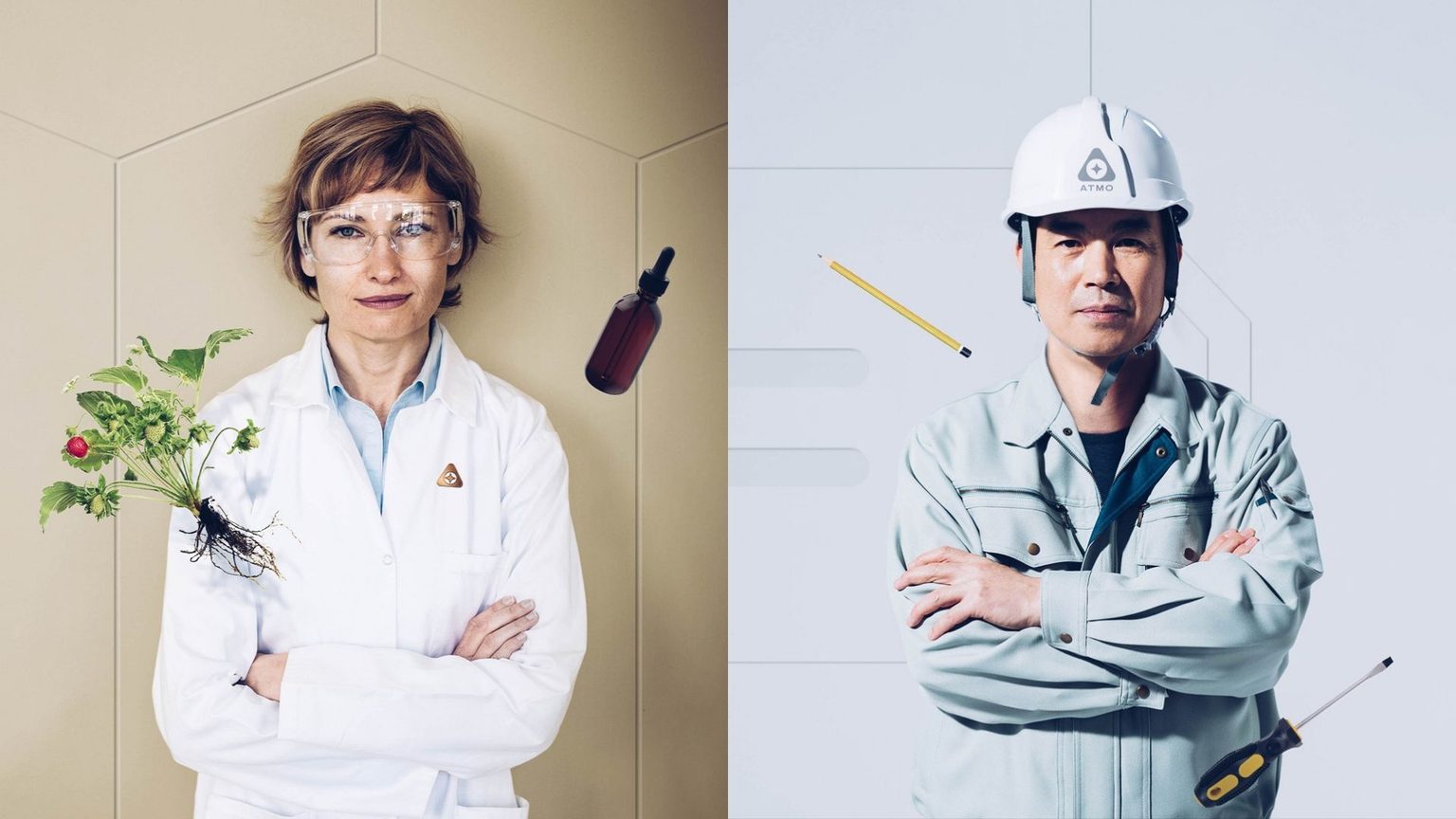
Space
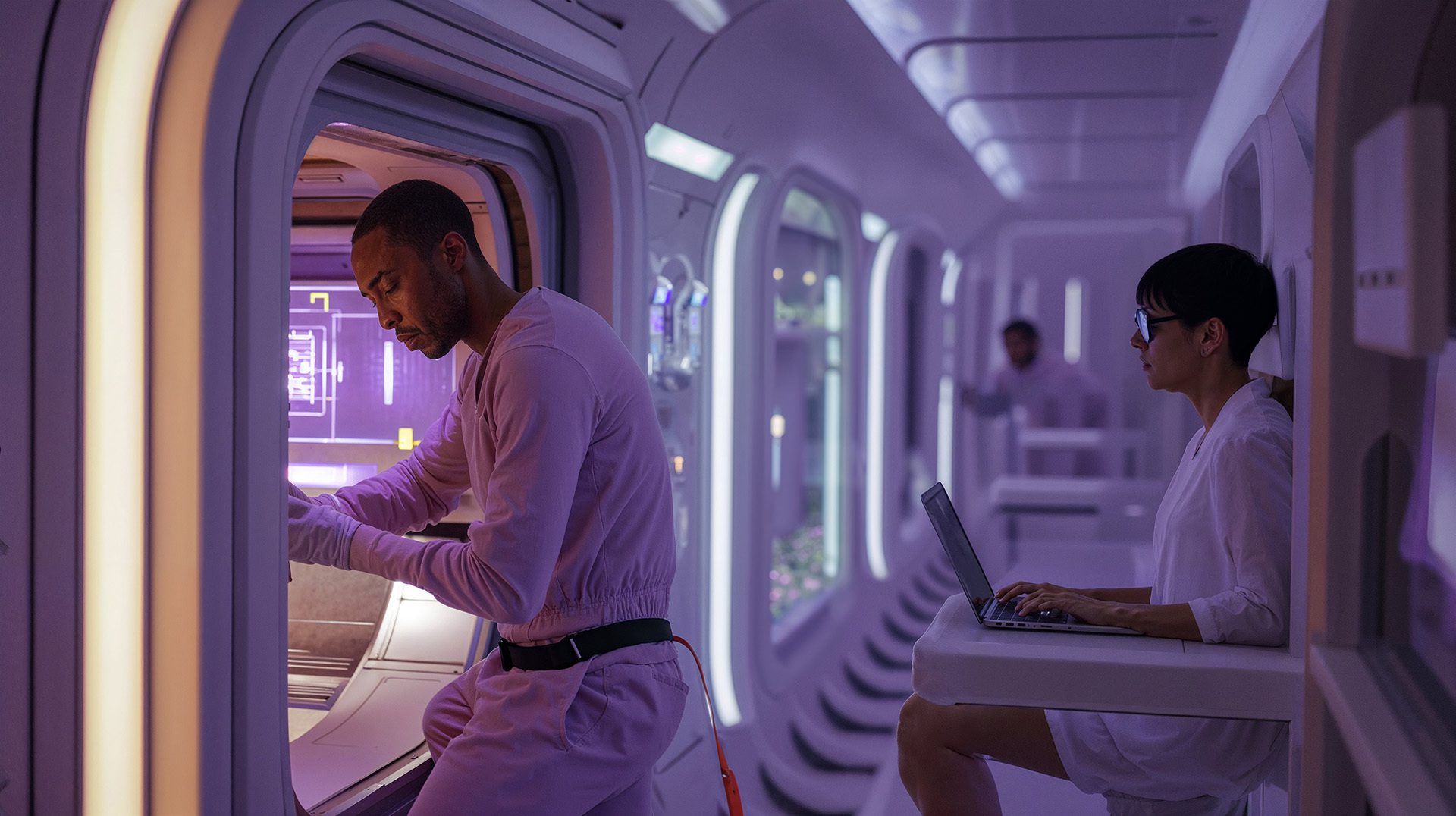
Matt McElvogue | Vice President, Design

Matt McElvogue
Matt tackles user experience problems at the source and finds creative solutions through forward-thinking strategy, ideation, and creative direction.
Getting a new vehicle into space is no easy task. The challenges are massive, from the cost of creating a team, building a vehicle, launching, and ongoing maintenance to the uncertainty in funding sources and market demand, not to mention the unpredictability that comes with any project situated on the edge of what's possible. And yet, the potential rewards are equally great. There's the promise of an entirely new economy at the end of all that effort—one that will improve the human experience here on Earth and transform us into the first star-faring species.
The new space economy will be characterized by intensifying competition and unprecedented innovation, leading to the accelerated development of new products, services, businesses, and business models. Beyond making spaces and interfaces more intuitive, engaging, and visually appealing, human-centered design will advance a safer, more efficient, accessible, and economically viable future for people living and working in space.
Here are three ways design will play a critical role in shaping this new frontier.
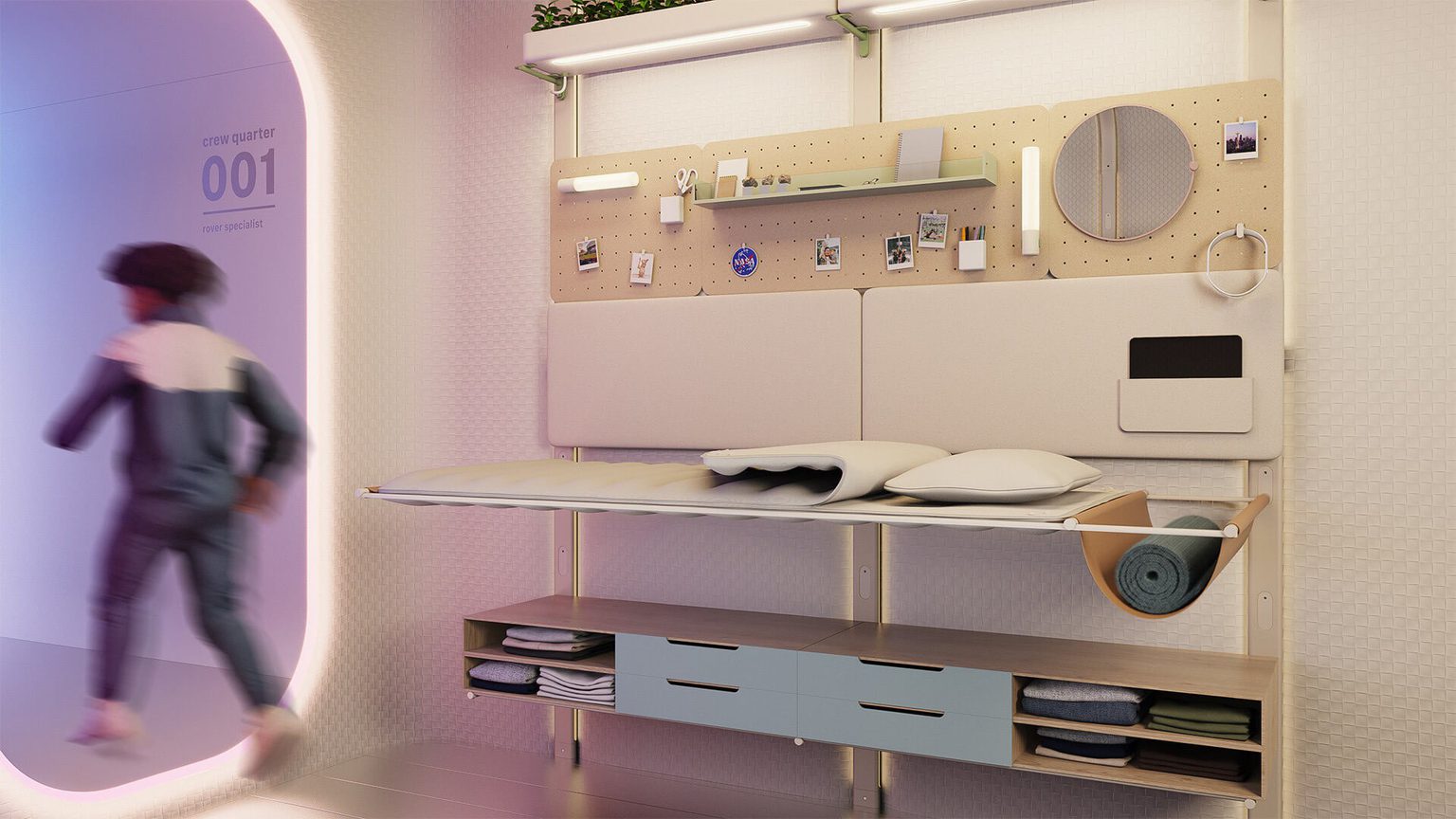
/01
As the space industry expands, it will invite a new cohort of people into orbit and beyond. From skilled workers performing specialized tasks in space, and on Earth in service of space, to explorers adventuring farther into the unknown and even tourists seeking new and unique experiences, the space economy will bring together people from all walks of life.
Design will advance a safer, more efficient, accessible, and economically viable future for travel and work in orbit and beyond.
Creating new products without a deep understanding of these new audiences would be a considerable risk, especially for newcomer space companies. There's the unwelcome possibility of developing solutions that don't support them or the customers they represent, leading to costly re-work and retrofits. A human-centered approach to product development that integrates customer and end-user insights into product planning, design, and manufacturing mitigates that risk. Design can help engineering and development teams better understand the motivations and needs of users—resulting in products and experiences that meet the expectations and unique requirements of all humans in space.
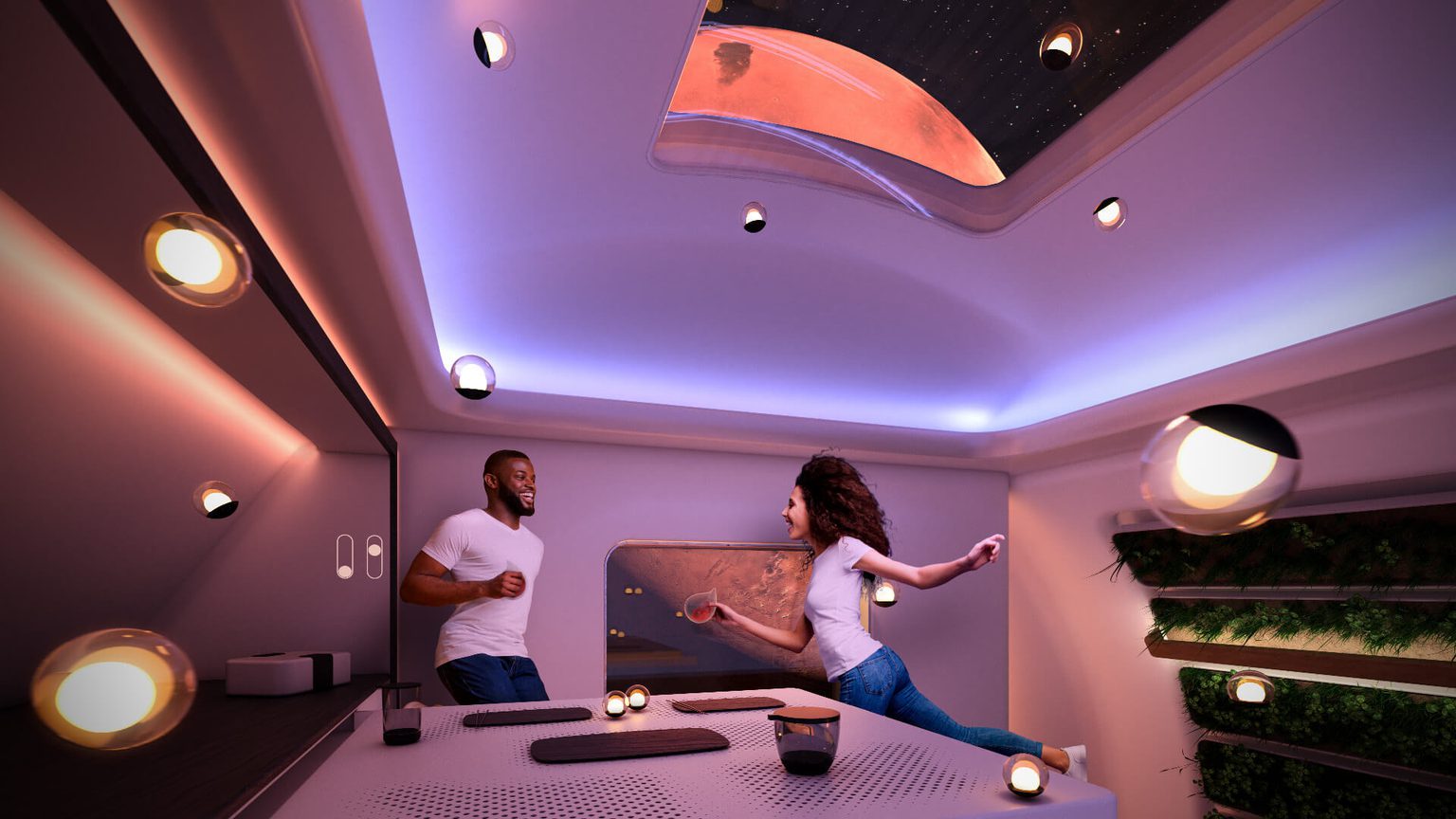
/02
Unlike astronauts today, who have military backgrounds and undergo grueling physical and mental training (eight in six thousand made it through selection in 2013), future space workers will expect a lot more than the bare minimum level of comfort offered today. Physical spaces and layouts of space-bound vehicles, stations, and bases will need to be completely reimagined, purposefully engineered, and designed for new users.
Space workers will expect a greater level of comfort and dignity in their space experience, with habitats designed around extended stays in space.
Today's astronauts work constantly. From the moment they wake to the moment they sleep, they conduct experiments, make repairs, do public appearances, and exercise to stave off the adverse physical and psychological effects of space travel. As careers in space become more common, the off-world workforce will have different expectations, such as 8-hour work days and leisure time. Future habitats must provide the space and means for workers to separate their day jobs and personal time.
New habitats will also need to support psychological well-being and provide better levels of privacy (looking at you, ISS bathroom). Space workers will expect greater comfort and dignity in their space experience, with habitats designed around extended stays in space.
From an aesthetic point of view, we'll need to move past the submarine-esque aesthetic we know from the ISS and other current space-faring vehicles. New interiors will need to be designed to alleviate the effects of extended isolation and confinement. Lighting, materials, and personal spaces will need innovation to move beyond the military-style living that has existed so far.
Physical innovations we could see as the new space race continues:
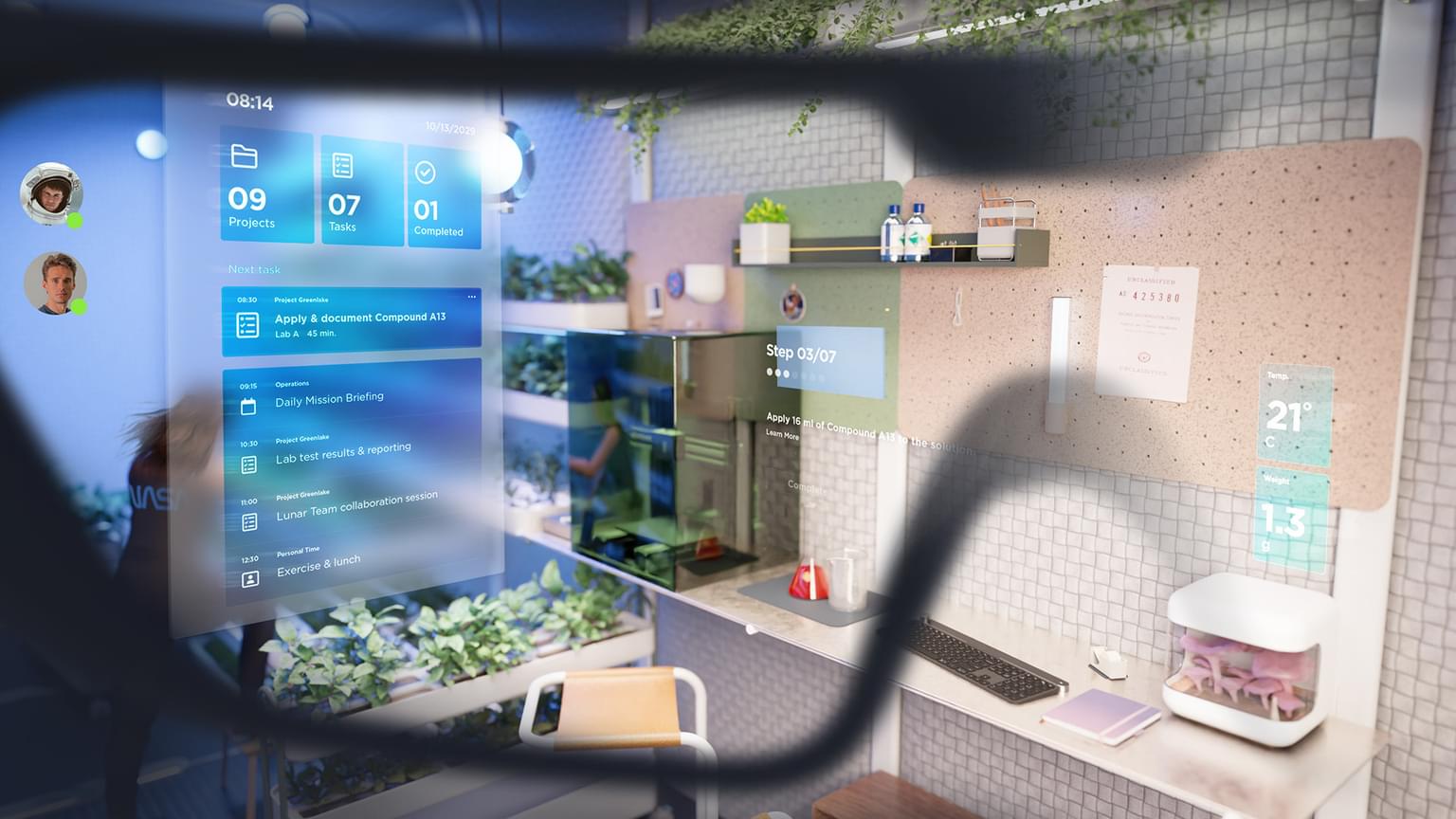
/03
A future space station may operate like an office building, hosting multiple tenants, each with their own needs and private interests. A station's operators (and IT department) will have to ensure that there's no risk to their tenants' intellectual property and other proprietary information; this will change how the tech stack for space is designed, with the separation of different data sets and permissioning baked into the foundation from day one.
A future space station may operate like an office building, hosting multiple tenants, each with their own needs and private interests.
Software will need to balance the features and functions available to everyone on board with the capabilities only accessed by certain professionals. Common access includes caution and warning systems, emergency information, and communications. Each crew member will expect private interfaces for their work and communications, and companies will provide applications and features based on their unique mission objectives. The working boundaries between publicly accessible function and information, personal communication and data, and private intellectual property will require powerful software and a well-architected back-end to uphold.
Stations must also be better instrumented with embedded sensors, enabling resource tracking and predictive maintenance. Sensors will provide the ability to locate where specific tools are, identify which machine part has failed, and predict what will need fixing before it becomes an issue. Instrumentation will also provide a detailed view—a digital twin—of the station's current status for teams supporting operations from Earth, where they'll be able to test fixes and see how they work before implementing them in space, ensuring a safer and more efficient environment.
Digital innovations we could see as the new space race continues:
Immersive procedures
Augmented reality that walks users through every step of a procedure with graphics overlaid onto the physical space. These will indicate exactly what needs to be done and how, right on top of the actual equipment in a blend of the digital and physical worlds. Improving efficiency in maintenance tasks, in conducting experiments, and manufacturing activities.
Smarter task management
New collaboration tools will allow space workers to more quickly understand who is working on what and when. They’ll also be able to collaborate quickly with people on the ground through video-conferencing enabled by higher bandwidth becoming widely available in space. And when they need to defer a task after falling behind, it can be slotted into open time for others, avoiding the stress of a backlog building up on one person and avoiding time-intensive timeline management.
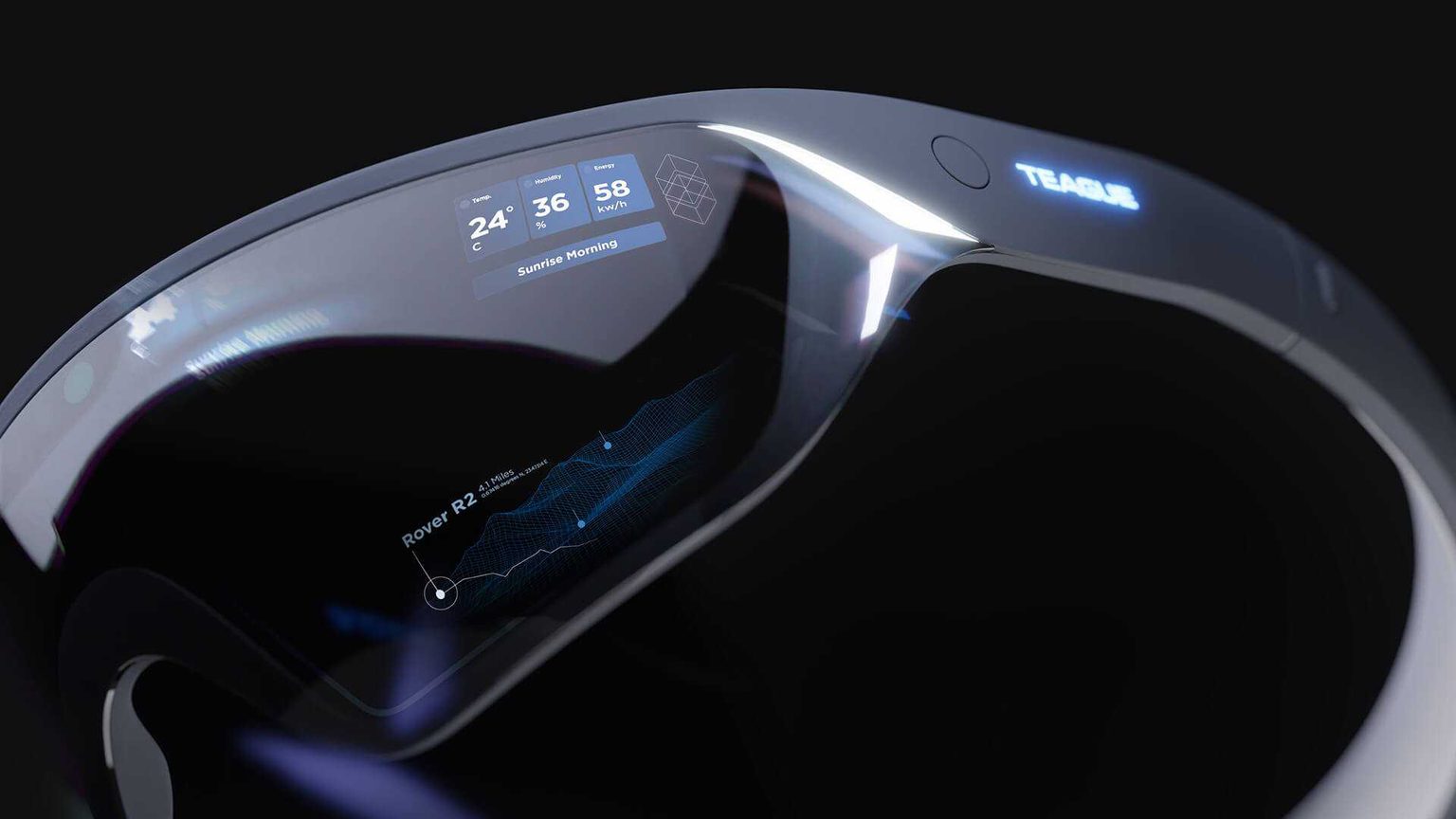
The space economy offers unique opportunities for research, technology development, manufacturing, and new job opportunities both on Earth and in orbit. Microgravity, the ability to expose elements to higher radiation levels, and access to the vacuum of space all offer potential for new scientific discoveries that can't be made on Earth. Companies working in materials development, pharmaceuticals, agriculture, and more can potentially utilize this unique environment to develop new products for use on Earth and beyond.
The success of the future space economy is heavily reliant on investment and development. Maximizing the return on that investment will require purposeful design for the needs of future space workers. Human-centered design can anticipate the changing needs of new travelers in space and the requirements that businesses involved will demand from our environments and systems. It is crucial to design the future space economy to make the most of its opportunities and ensure its sustainable growth.